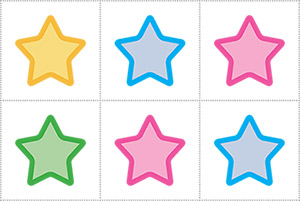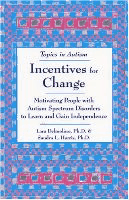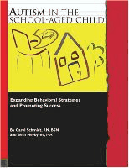Autism Center Grab and Go Resource Gallery of Interventions
Token Economies
Explore how to use a token economy designed to increase desirable behavior and decrease undesirable behavior. Individuals receive tokens immediately after displaying a desirable behavior. Tokens can be stickers, pennies, poker chips, checkmarks, etc. These token items can also be based on an individual's special interest. The tokens are collected and later exchanged for an identified reinforcer. Reinforcers could be an item, object, person, or activity. When using a token economy, it is important to determine if the individual needs immediate or continuous reinforcement or is able to delay the receipt of positive reinforcement earned through the token economy.
Examples

Token Economies
- 3 Panel Blank Template
- 3 Panel Blank Template with Name
- 4 Panel Blank Template
- 4 Panel Blank Template with Name
- 5 Panel Blank Template
- Token Economy System - Reinforcer Example - Rubik's Cube
- Token Economy System Reinforcer Example Restaurant Puzzle
- Token Economy Systems - 3 Lizards
- Token Economy Systems - 6 Horse Pieces
- Token Economy Systems - 6 Stars
- Token Economy Systems - 8 Coins

Incentives for Change: Motivating People with Autism Spectrum Disorders to Learn and Gain Independence
Delmolino, Lara and Harris, Sandra
As many parents and teachers know, people with autism spectrum disorders (ASD) can be difficult to motivate, especially when asked to learn something new. Finding the right incentives to support learning is one of the crucial first steps in teaching them new skills. 'Incentives for Change' explores systems for determining what incentives children and adults with ASD will find rewarding, and ways to use motivation as a tool to affect their learning and behaviour. This easy-to-follow guide explains a variety of motivational methods and systems, including how to: identify potential incentives; transition from concrete to intangible incentives; use reinforcements or rewards to increase motivation; teach a child to express what he wants; understand 'establishing operation' and other concepts that affect motivation; motivate children with ASD to make choices; implement token systems to enable children to delay reinforcement; encourage independence and self-management skills. Parents and teachers will find methods for teaching a wide variety of social skills, such as interacting playfully with others and making eye contact, and life skills such as getting dressed and doing chores. This book contains many real-life case studies of families who are using motivational systems in a variety of situations to help their child learn and gain a greater measure of independence.

Autism in the School-Aged Child: Expanding Behavioral Strategies and Promoting Success
Schmidt, C., & Heybyrne, B.
Includes bibliographical references and appendices.
A handbook for parents and teachers in using Applied Behavior Analysis in expanding behavioral strategies and promoting successful communication for autistic school-aged children in school and at home. Each chapter includes examples of practical ideas in checklist form and summaries. Examples are geared especially for use with children in preschool through 2nd grade and may be adapted for older children.